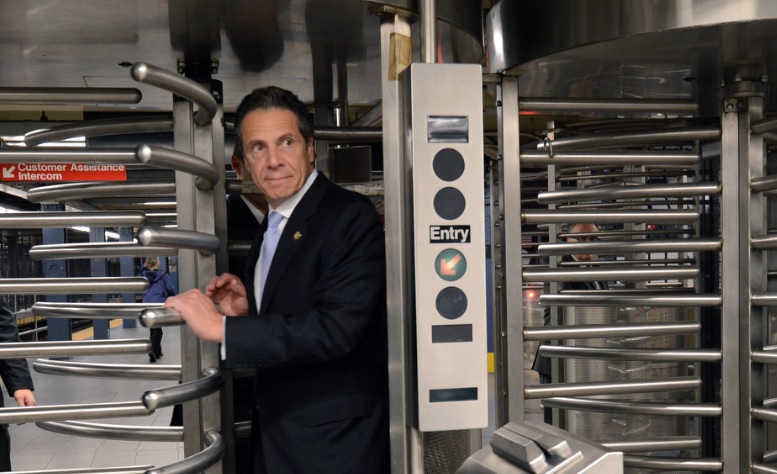Life is a journey, and each stop along the way is an opportunity to learn something. New experiences can provide perspectives that are different from what we’re used to. And the more eye-opening experiences we have, the better we’re able to understand the perspectives of other people.
In terms of transportation, our experiences are often siloed by our primary means of getting around. If you usually drive, you see the world from the perspective of a driver, while if you mostly ride transit, you see the world around you from the perspective of a transit user. Same thing for people who use a bicycle, their own feet, or an assistive mobility device.
This is not a value judgment. This isn’t anecdotal either: research shows that people are influenced in this way. Streetsblog reported recently on a study that examined how drivers perceive cyclists. According to Tara Goddard, the study’s author:
“We have finite road space and finite transportation dollars, so we create this system of competition. It’s a totally uneven competition… But when you put people in those circumstances, they act like a member of their group and not an individual,” Goddard says. The result is that “there is a complete lack of empathy.”
When decision-makers lean on one specific mode of transport, they’re not just influenced by that primary mode, but they’re also less equipped to understand the concerns of people who use other modes. You can’t know what the day-to-day issues are for the modes you don’t use because you aren’t experiencing them on a day-to-day basis. An elected official who drives (or is driven) for most of their trips see the world through a windshield, and therefore cannot fully understand the problems that plague people who rely on other modes. Again, this isn’t intended to be an “anti-car missive”; it’s just a simple fact. We know what we know based on our own experiences, and there’s nothing wrong with that — until there is.
Take for example the chief executives of New York State and New York City. Mayor de Blasio rides the subway so infrequently, he makes headlines whenever he swipes his MetroCard, while Governor Cuomo’s last appearance on the subway was a New Year’s Eve invitation-only ride on the Upper East Side Q train extension.
Last week, in calling on Governor Cuomo and Mayor de Blasio to ride transit more, RxR Realty Vice President Seth Pinsky wrote that he’s only recently discovered how bad the subway has gotten (Pinsky admitted he was whisked around in a black SUV while president of the New York City Economic Development Corporation). Similarly, an analysis from the New York Daily News found that some MTA Board members rarely use the system they oversee.
But why stop with Cuomo, de Blasio and the MTA board? Local, state and federal electeds could probably benefit from less driving and more walking, biking and riding transit — especially if that’s how their constituents travel. Like when Congressman Josh Gottheimer rode NJ Transit for a day, or when Senator Chris Murphy walked across Connecticut, switching modes from time to time can help lawmakers understand
- how badly New York City’s bus system needs a Turnaround,
- what a terrible mess the subways are,
- that the “Summer of Hell” is really more of the same for NJ Transit and LIRR riders,
- how slow, unreliable and ignored bus service is generally, and
- how poorly our streets accommodate bicyclists and pedestrians of all ages and abilities.
While we could insist they quit driving altogether, a more realistic ask might be setting aside specific days for each mode. Train Mondays? Bus Tuesdays? Bike Wednesdays? Or just skip driving for a day, a week, or even a whole month. (This needn’t be exclusive to people who make laws; those who enforce laws could benefit from a different perspective too.)
Without this, as Pinsky rightly noted, it’s difficult for policymakers to understand the transportation issues concerning the people they serve. Changing modes and getting that first-person perspective could go a long way toward improving and expanding car-free transportation options.


In my opinion, it should be mandatory that all transit officials actually use the system. This also includes board members. Company cars should be limited.
Also should users of transport infrastructure including sidewalks for pedestrians be required to at least make a contribution toward that infrastructure? The automobile drivers do in the form of fuel excise taxes unless they are affluent and drive Teslas or Bolts. This percent is greater than zero unlike cyclists and pedestrians.
Ah, the good old days when board members got a limo and chauffeur who only drove them to and from their real day jobs.